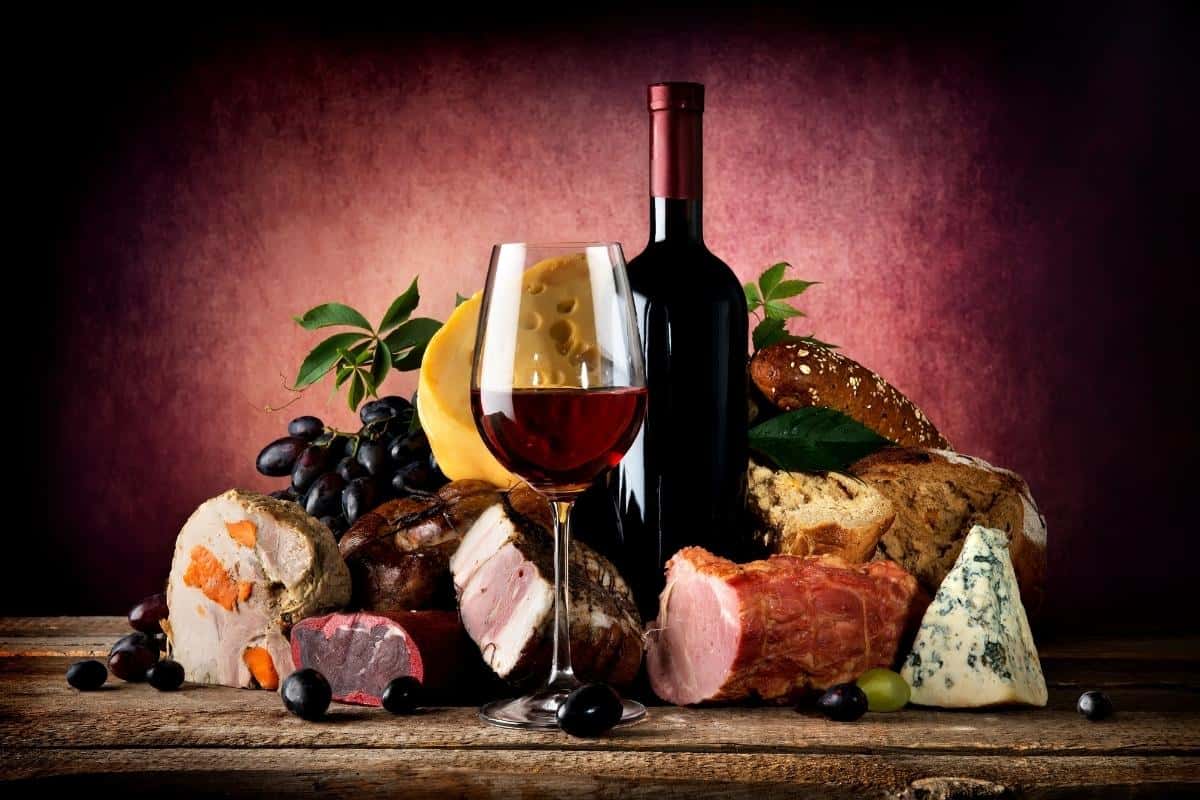Wine Pairings: 6 Things You Should Know
This is a collaborative post.
Wine is one of the world’s oldest and most popular alcoholic beverages. It has been enjoyed for centuries, and its profile has gradually increased over time as more people have become familiar with its complexities and subtleties.
Since wine is such an important part of the culture, it’s important to know how to pair it properly so that you can enjoy it to its fullest potential. This guide will teach you about some of the most popular wine pairings and tips on choosing wines that match your specific dietary needs or preferences.

1. The Acidity
The acidity of the wine is a measure of how tart it is. Higher acidity wines are also more acidic in the mouth, giving them a sour or puckering feeling.
The lower the acidity, the more mellow and smooth the wine will feel. Several factors affect a wine’s acidity, including the grape variety, winemaking methods, age and storage conditions.
Generally speaking, dry red wines are usually more acidic than sweet white wines.
2. The Sweetness
One of the most important things to consider when pairing wine with food is the sweetness level of the wine. Different wines have different sweetness levels, and you should try to match the sweetness of the food you’re eating to the sweetness in the wine.
For example, if you’re eating something sweet and savoury at the same time, you should choose a wine that balances both sweet and savoury flavours.
A dry or acidic wine will work best if you’re eating something purely savoury. It is important to match the flavour profile of the wine to what your taste buds expect.
3. The Texture of Your Dish
When it comes to pairing wine with food, texture is definitely a key factor to consider. Different wines go best with different textures and flavours, so it’s important to know what those textures are.
Some foods, such as risotto or creamy pasta sauces, have a very smooth texture. Others have a grainy texture, such as quinoa or barley.
When pairing wine with these types of food, choosing a wine with a similar texture is important. For example, if you’re serving risotto, you might want to choose a dry red wine like Chianti Classico or Barbera.
If you’re serving barley soup, an oaky white wine like Pinot Grigio or Zinfandel would be a better choice.
If you’re pairing wine with seafood, it is important to consider the type of seafood and its preparation technique. For example, lobster should be paired with a Cabernet Sauvignon or Merlot, while whitefish should be matched with a Chardonnay or Sauvignon Blanc.
Once you get the right wine pairing with seafood techniques, you get the most from your expedition.
4. The Food’s Fat Content
Fat content is another aspect to check for when selecting a wine to pair with your food. For example, if you’re planning a game night with meats, you must find a wine that can handle the richness of the food. Beef, pork and chicken will require a richer wine than snapper or salmon.
Don’t overlook the fat content when deciding on a pairing; otherwise, your dish may turn out very dry from the lack of moisture in your drink.
5. Country of Origin
The country of origin will also help you narrow down the list of your wine options. For example, it’s best to go with a wine from France when having French cuisine.
Spanish wine is another good choice for tapas or paella since it goes well with seafood flavours.
You will have to make a combination or two out of each country’s wine, though. It’s not uncommon to pair French and Spanish wines since they complement many different foods well.
6. Your Preferences
Every person has different tastes and preferences toward wine. For example, if you’re a fan of noble red wines and French cuisine, you should try out a bottle of Bordeaux.
If your palate is more towards a fruity white wine, like a Chardonnay or one from the region of Rheingau on Germany’s Mosel River, then you should try out a bottle of that instead.
You need to figure out which foods go well with the wines you’re trying to pair.
Conclusion
Wine is one of the most popular drinks in the world, and for a good reason – it’s delicious and has a wide range of flavours that can be paired with any food.
When it comes to wine pairings, certain rules generally apply, but ultimately, it’s up to you to decide what goes well together. We hope this article has enlightened you on how to pair your wine.
I want to remind you to drink responsibly and know your limits. For support visit DrinkAware.